|
|
Order Diptera |
|
Mosquitoes |
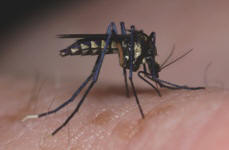 |
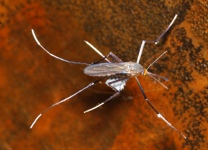 |
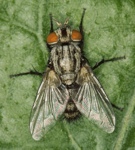 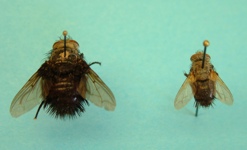 |
Tachinid Flies |
|
Blow Flies |
 |
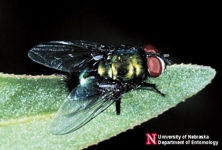 |
|
|
|
Order Diptera |
|
Mosquitoes |
 |
 |
  |
Tachinid Flies |
|
Blow Flies |
 |
 |
|